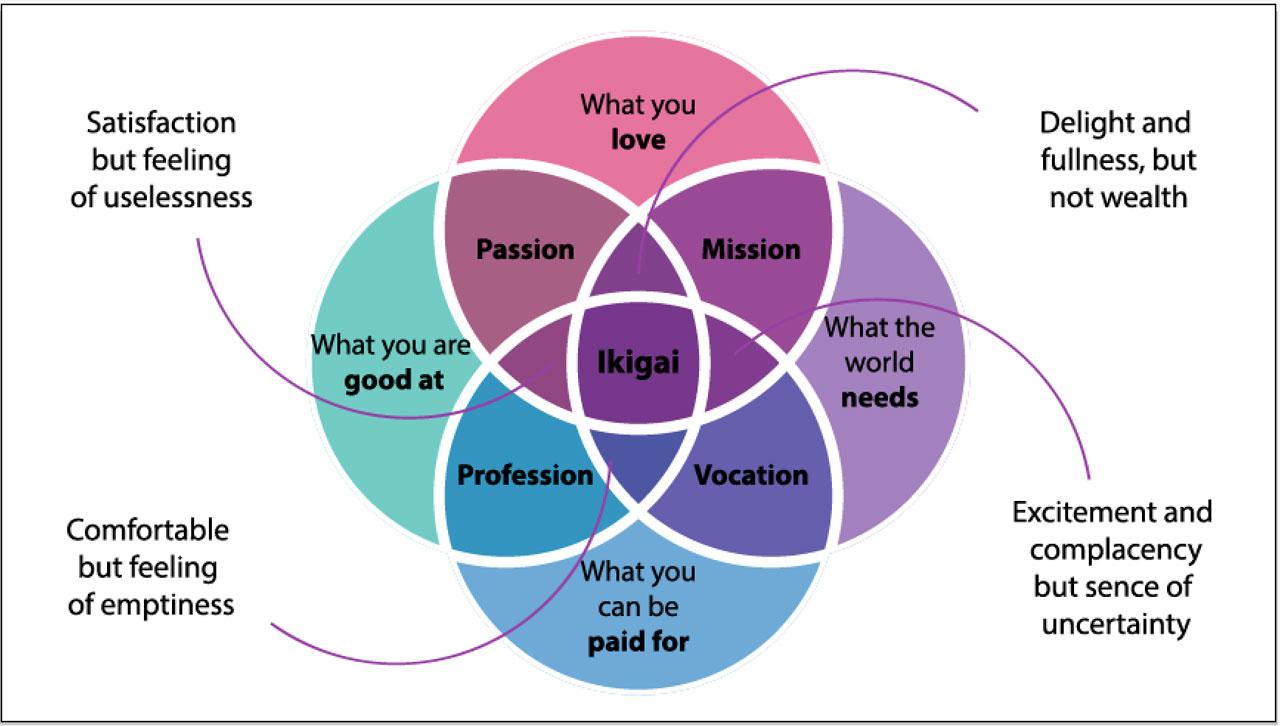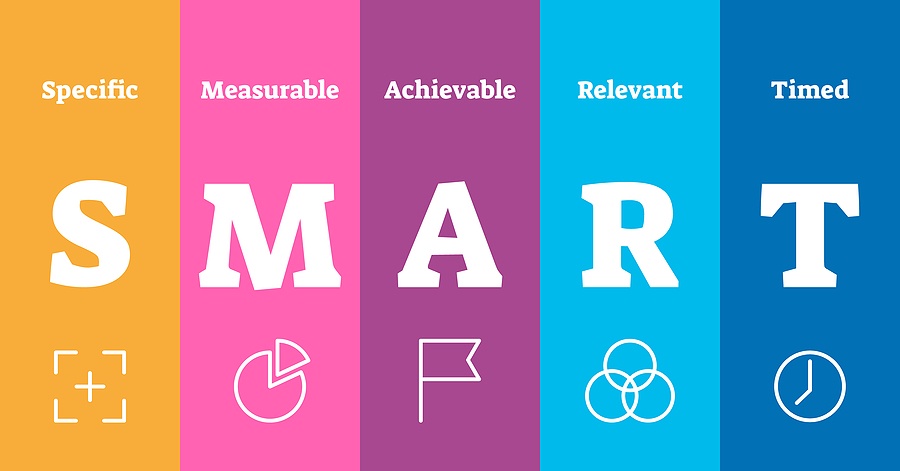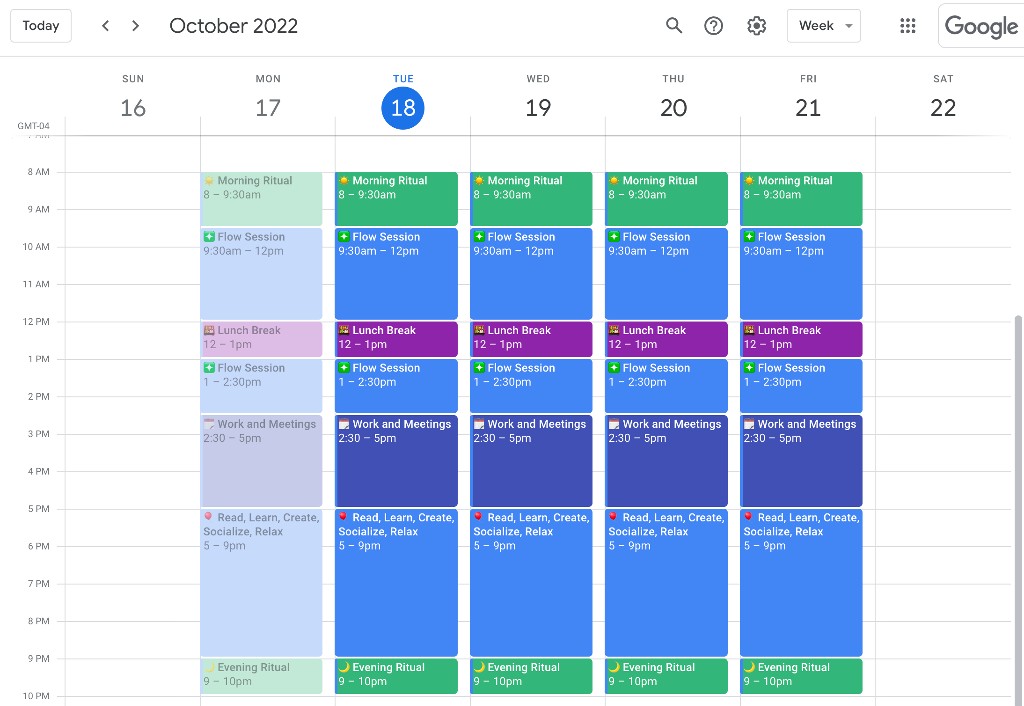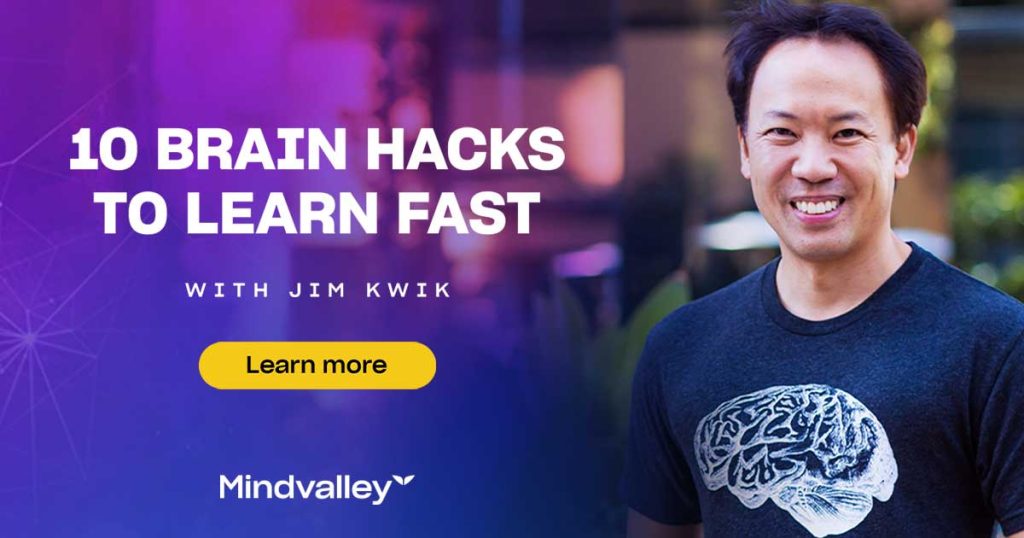The persistent problem of the human condition is that very few of us actually follow through on our goals and live our dreams, particularly when faced with constant obstacles and difficulties.
Studies show that 95% of people have never set clear goals for achieving their dreams by committing to them and writing them down.
A big reason that so many people fail in online learning is that they don’t set clear goals for learning and they don’t have a self-directed learning plan.
Fortunately, you don’t have to be one of those who in the words of legendary self-directed learner Benjamin Franklin “fail to plan and plan to fail”.
Learning a new skill is difficult and it requires a lot of focus and determination to succeed, particularly when you’re doing it on your own. That’s why it’s important to start by defining exactly what you want to accomplish, the process or plan you will follow to achieve it and the deeper purpose for why you really want it.
In this instructional guide, I’m going to take you through the process of creating your own self-directed learning plan:
1. Start with why you really want to learn a new skill.

This is a really important first step that is overlooked by most people. When you’re a self-directed learner, you don’t have an authority figure that has created a system of rewards and punishments to motivate you.
This means you have to be intrinsically motivated, which means you are self-motivated by your own internal sense of autonomy, mastery, and purpose.
When you define your purpose for learning and how achieving your goal matters will make you feel emotionally, it becomes much easier to stay motivated.
Here are some questions to ask yourself to uncover your why:
Do you want to do more meaningful work? To feel more fulfilled and happy.
Do you want to get a higher paying job? To feel more respected and influential.
Do you want to build a change you want to see in the world? To feel you’re making a difference.
To stay on course when I’m feeling tired and distraction, I practice visualizing the outcome I want to achieve with an extra focus on how it makes me feel knowing I will inevitably achieve it.
2. Set clear goals about what you’re planning to learn.

I like to use the S.M.A.R.T. goal setting framework to set really clear, actionable goals. Here’s how it works:
Specific: The first step is to get really specific about what you want to achieve. Write down a single sentence that identifies exactly what you are committing yourself to learn.
Measurable: You need to make sure you can easily measure your goal. A good place to start is committing some time each week to pursue your goal without interruption or distraction.
Achievable: You need to be realistic. If you’ve struggled in the past with online learning, you need to set the bar low to build the initial habit and then work your way up to more time and effort as your confidence improves.
Relevant: You need to make it relevant to your life, this is where “your why” comes in. You want to commit to this goal because you have thought deeply about how it will impact and improve your life and well-being.
Timely: You need to set a time window so you have a milestone to celebrate when you’ve achieved your goal. I recommend initially setting short-term goals for learning that can achieve in less than 30 days.
3. Structure your time and schedule your learning sessions.

This is a crucial step if you want to be a successful self-directed learner. Going to school forces you to structure your time because you have to show up for class. When you’re learning online, you need to create a similar structure by committing yourself to a weekly schedule.
I recommend using a tool like Google Calendar and a project management tool like Asana. You should set aside blocks of time where you can spend time learning without any interruptions.
Ideally, set aside 2-3 hours at a time and take short breaks every half hour or hour. You should also set reminders to review your notes and memorize key information you will need later.
It also helps to set up a time at the end of each week so you can review your progress and make sure you’re on track to achieving your goal. If you’re not on track then you may have to adjust your self-directed learning plan to be more realistic.
[Sponsored Ad] The Art SuperLearning

4. Find a learning accountability partner or start an online study group.

The key to building a self-directed learning habit is to make yourself accountable. For most of us, being accountable to ourselves simply isn’t enough to be successful.
That’s why I recommend committing to learning a new skill with a close friend, colleague or family member.
If you don’t have someone to learn with, join a popular online course or membership-based learning community with other students who are committed to learning. You can also start your own Facebook Group or weekly Zoom Hangouts so you can talk about what you’re learning, ask questions and help each other succeed together.
If you need more help with accountability then I invite you to join our virtual coworking community by taking the Flow State Method training.
5. Apply what you learn by building your own digital portfolio.

If you want to learn a new skill, you need to apply what you learn by building something with it. We live in an age where a resume or degree doesn’t matter nearly as much as a digital portfolio that shows exactly what you have done.
Ideally, your digital portfolio should have detailed case studies to show off the value you offer and the business results you have achieved for others.
This means you need to build a personal brand to differentiate yourself and your own professional-looking website with a digital portfolio section that shows off what you can do.
A good place to start is with your own domain and WordPress, which is the most popular content management platform. If you’re not technical, you can easily have your own hosted WordPress website up and running in 20 minutes.
Now take action and start learning!
The future belongs to the brave and curious so if you’re serious about learning something new, follow these steps and you’ll be on the path to achieving your dreams by making your goals a top priority in your life.
The path to doing what you love and mastering valuable digital skills starts with spending more time learning, creating your own online projects and sharing them with your social networks.
If you follow these steps to create your own self-directed learning plan, you’ll have a strong foundation to learn and master new skills throughout your life.
Good luck!





Thanks Kyle this is very useful. great website!
Thank you Kyle for showing me the right path.
What do you suggest to people who are trying to figure out a path after several obstacles? I’ve had 5 back surgeries and I’ve changed my 9-5 career several times at the request of doctors. I’m done doing that now and need guidance.
I would start small with a side hustle that allows you to apply what every you are learning. Take a look at my post on the Gig Economy and try out one of those peer-to-peer ecommerce platforms and learn on the job.
Wow! I really love your website; it has so much interesting information. I was thinking something along the same lines with creating my own learning curriculum, but I never thought to use web apps. That’s a superb idea! I shall definitely be coming back to read your blog!
Thanks Matt, I’m happy you found it useful!
Thanks a lot 🙂